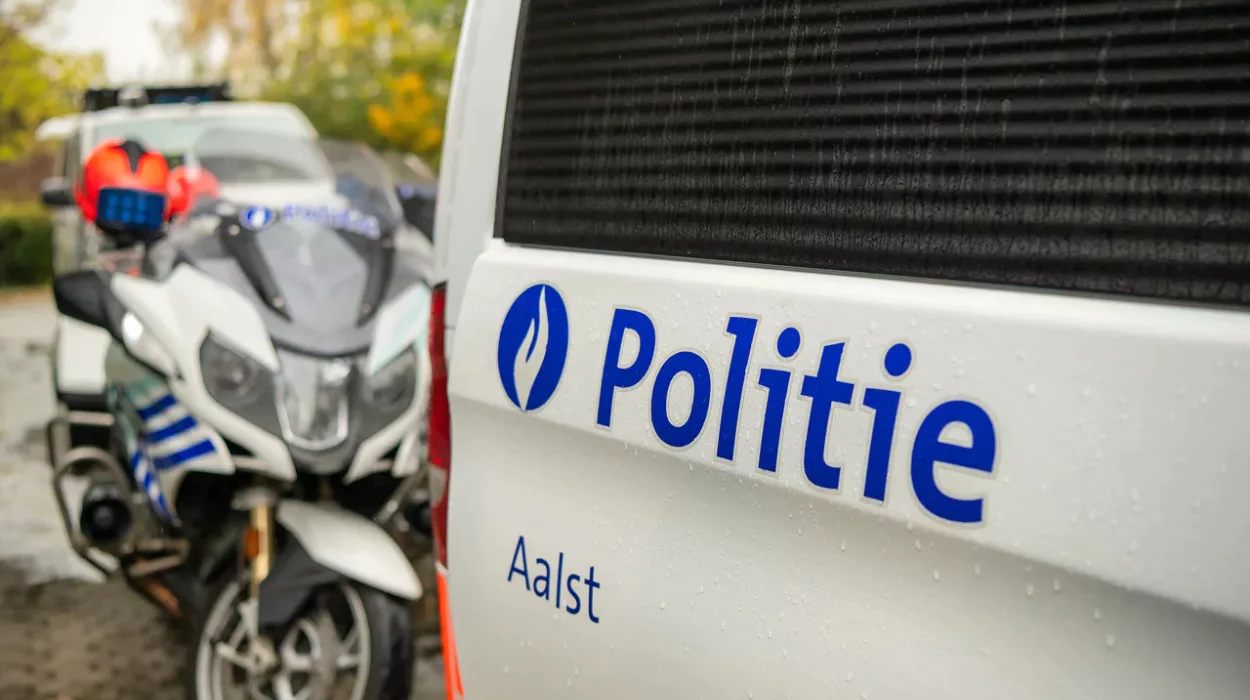Aalst (Brussels Morning Newspaper): Aalst police conduct AMOK drills in schools with students and teachers to enhance emergency preparedness and response skills.
The Aalst police have started AMOK exercises in partnership with ten high schools to prepare for potential threats in schools. These drills simulate a scenario where an attacker moves through the building, aiming to cause harm. Unlike typical drills, the person acting as the attacker engages actively, making the training more intense. The goal is to help police officers respond quickly and to teach students and staff how to act in stressful situations. Each exercise involves 50 officers, half of whom ensure safety and smooth operation. Teachers and students participate to make it realistic, but students only join if their parents agree, keeping everything transparent.
How are Aalst police drills enhancing school emergency preparedness?
The Aalst police are conducting drills in local schools to help prepare for possible emergencies. These exercises allow police and school staff to practice handling threats in a realistic setting. By assigning roles to teachers and students, everyone gets a chance to learn what to do in a crisis. The police focus on improving their response skills while ensuring that all safety measures are in place to protect participants. This collaboration aims to strengthen community ties and make schools safer and more prepared for any critical situations that may arise.
“We try to make the scenario as realistic as possible by playing out all possible options”
Lisa Wynendaele, spokesperson for the Aalst police zone
What did participants learn from the first AMOK exercise in Aalst?
Today on 9 January, the first school took part in the AMOK exercise, starting with a briefing at 8:30 AM. Students, teachers, and police officers were prepared for the simulation, with everyone assigned specific roles. While some acted as victims or bystanders, police officers took charge of responding to the situation. The exercise began around the afternoon, following a thorough explanation of the goals and safety measures. This careful planning ensured that all participants were ready for the realistic drill.
The main part of the exercise was showing different types of injuries to make it more realistic. This helped police practice how to respond in different situations, like helping the most seriously injured people first while dealing with the chaos. Lisa Wynendaele from the Aalst police stressed the importance of trying out all options to learn better. After the drill, everyone gathered at the school to talk about their experiences. Once all ten schools finish their exercises, the police will look at what went well and what can be improved, which will help make future training and emergency plans better.



